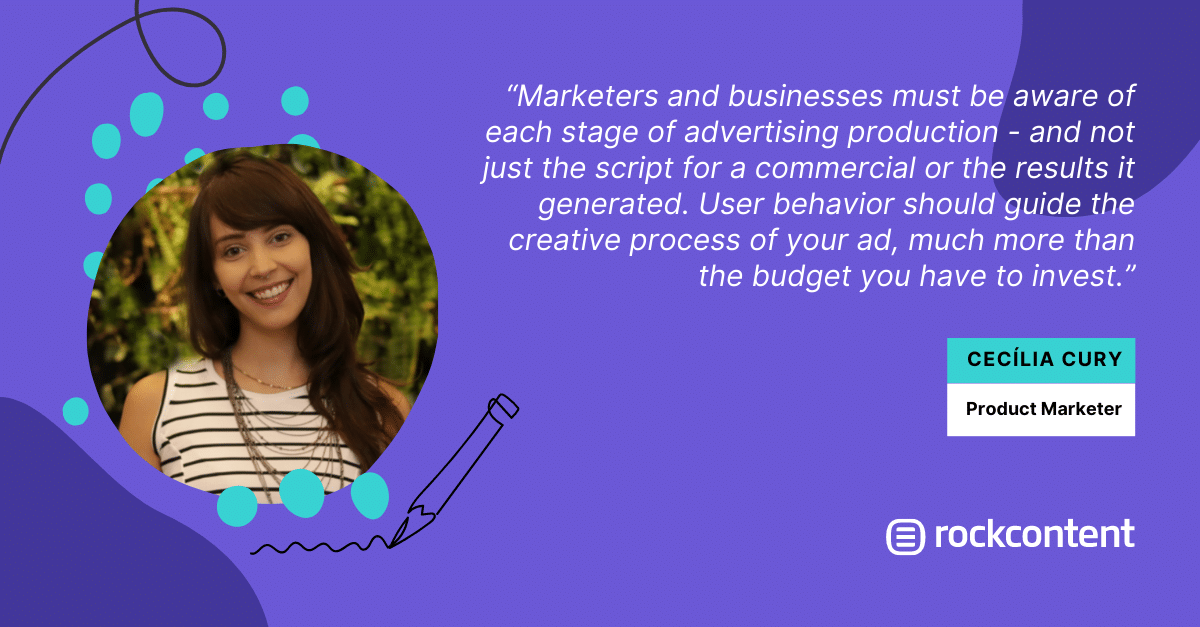No products in the cart.
Content Marketing
Why demand for advertisements on streaming companies is falling
A few weeks ago my family and I were getting together for a special lunch and at one point my sister wanted to show us a video she had been watching on social media a few days ago. It wasn’t a big deal, but it demanded our attention.
My father, mother, niece, brother-in-law and I were very focused on their phones waiting for the video to end – and then we were suddenly surprised by a loud and flashy advertisement for a delivery app (which, unsurprisingly, it was already installed on my sister’s phone).
We were so scared that neither of us was curious to finish the video – we got distracted talking about how these types of ads often suddenly interrupt a good user experience.
So I wasn’t surprised by the results GroupM studywhich asked streaming platform users, “If this means a lower monthly bill for your streaming services, how likely are you to accept having to watch commercials?”.
What data show
The result of the previous survey showed that about 76% of the respondents were more willing to watch the commercials compared to 73% of the last ones.
Even if it’s just a subtle dip, it can point to the obvious consumerism I sensed with my family earlier that day: people hate interruptions.
And those app promotions made me believe that society is becoming less tolerant of ads, but bad user experience with an ad can be responsible for bad sales and bad conversion results.
We’ve actually known that for a long time: 2017 The CMO survey said nearly 3 in 4 social media users (74%) think there are too many ads.
Another poll said 69% of American adults said ads on streaming services repeat themselves; 79% are bothered by this experience.
It can be said that no one likes to be interrupted, and with multiple entertainment options that we can find in the palm of our hand, it’s likely that fewer and fewer people are willing to succumb to it.
And if those responsible for the ads aren’t aware of it, it could be the reason why a user doesn’t watch a video to the end, stops listening to a podcast, or even is the reason why a user unsubscribes from a streaming subscription insists on having ads before and during their content, even when paid for.
Why marketers should pay attention
In addition to the current challenges of content production itself (after all, platforms like TikTok have gained space and sophisticated advertising for professionals around the world), marketers and businesses need to know every phase of ad production — not just the script for a commercial or the results it generates.
User behavior should guide the creative process of your ad, much more than the budget you have to invest.
In conversations with my peers who are responsible for performance in their respective roles, and considering a few years of experience doing so, I have found some common ground when it comes to, “Is it possible to advertise and promote at the same time? great experience?. I selected some ideas to share below.
Is it possible to advertise and promote a great experience at the same time?
Well, for me and my colleagues, the answer is natural. And it’s not impossible either! The things we really believe all advertisers should consider when developing an ad for a good user experience:
1. Storytelling
Even if you invest in short dance videos or image transitions between products for your ad, this is still possible tell a little story or connect to the user. Research the best way to do this and make sure you’re objectively linking your product or service.
2. Where is it displayed?
There are several professionals who leverage the reach and engagement provided by ad platforms’ data themselves to define the best channels, timelines, and targeting. It’s true that we have yet to consider this, but try to think about whether your audience would see this film or tutorial, or if the viewer wouldn’t necessarily be your audience but could somehow connect to them.
3. When will the video be broadcast?
At the beginning, in the middle or at the end: you need to consider the content of the video to determine the best time to present it. Remember that no one likes to be interrupted, but there is content that is worth interrupting.
4. Carefully analyze partnerships that serve ads even on paid plans
This leads to results, it is quite possible. But think of the frustration of a paying user of a platform when faced with an ad? Always check if the potential gains are worth the potential expenses.
5. Reflect: Is this the best way to reach my audience?
hear A podcast I was reminded of this the other day when I was a kid and I was listening to commercials between the morning news.
But I soon noticed the evolution of the format: while they were talking about the increase of Brazilians taking remote jobs in international companies, they proposed an English course for those who still don’t feel confident in pursuing a career in these companies invest. And at a discount, for those who are listeners.
I think this is a great way: Connect your product or service to your ad in a coherent, contextual, and friendly way.
So I believe it’s always possible to provide a good user experience – and look out for the signs (and polls!) that point you in the right direction based on social events and how your brand or business is evolving.
Products that appear in series, cars that are used in movies, various services that are used in soap operas, brands that sponsor competitions in reality shows… all of these are examples of advertising, but they are placed in a context that probably not the target of user dislike. Do not you agree?

